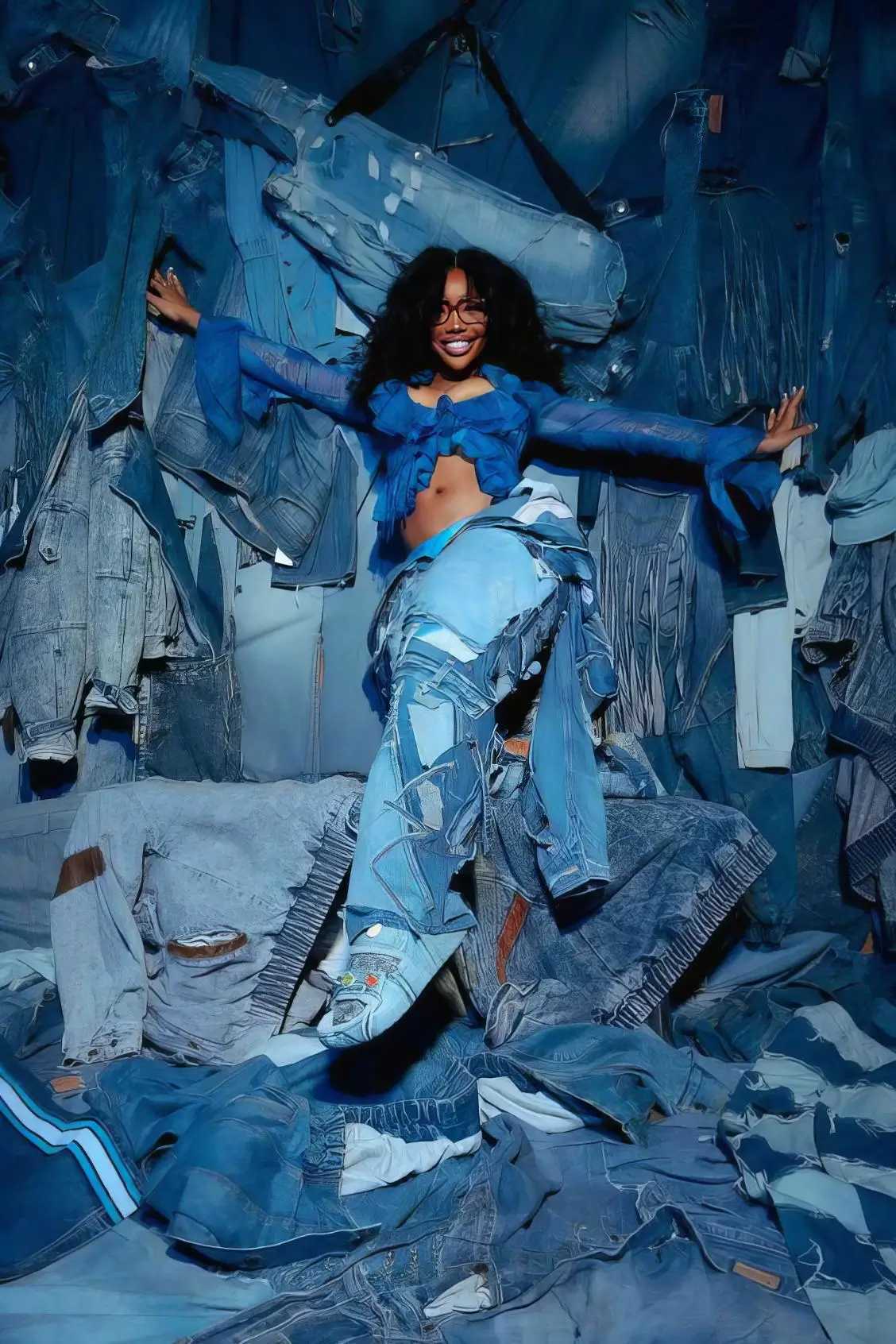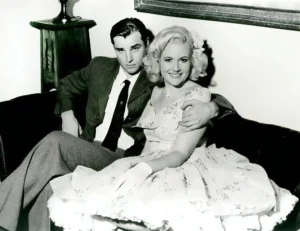In the verdant valleys of Nimes, France, during the robust 19th century, a fabric was born that would weave its way into the very fabric of history.
This fabric, known as denim, emerged as a testament to durability, originally fashioned for workers’ clothes and sails.
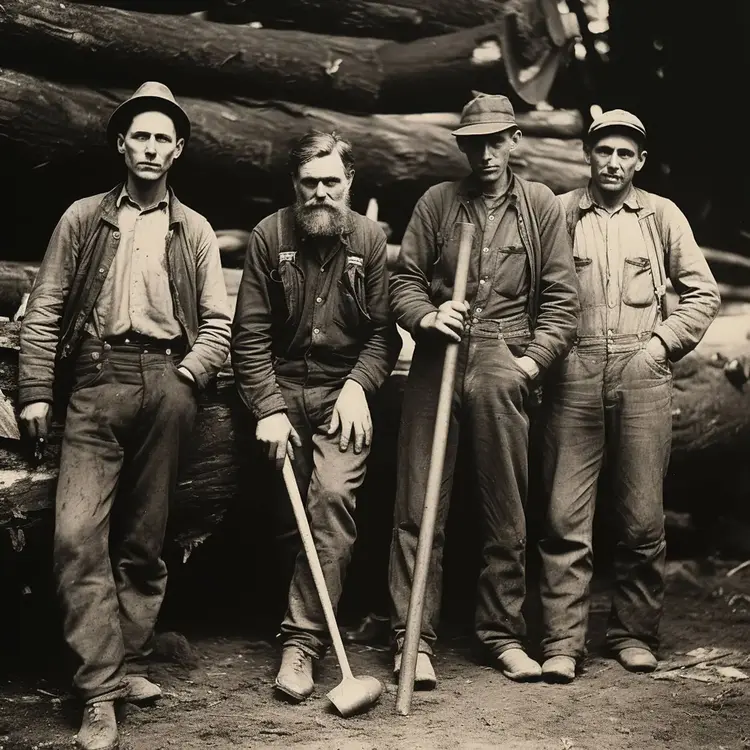
Its robust weave and indigo charm made it the choice material for the pioneering spirits braving the tumultuous American gold rush, symbolizing an era of exploration and endurance.
As time marched into the 20th century, denim began its metamorphosis, intertwining with the American dream.
It adorned the likes of rugged cowboys and city rebels, becoming synonymous with a new kind of cool.
Icons such as James Dean, with his smoldering gaze in “Rebel Without a Cause,” and Marlon Brando’s effortless swagger, transformed denim into a garment of rebellion and allure.
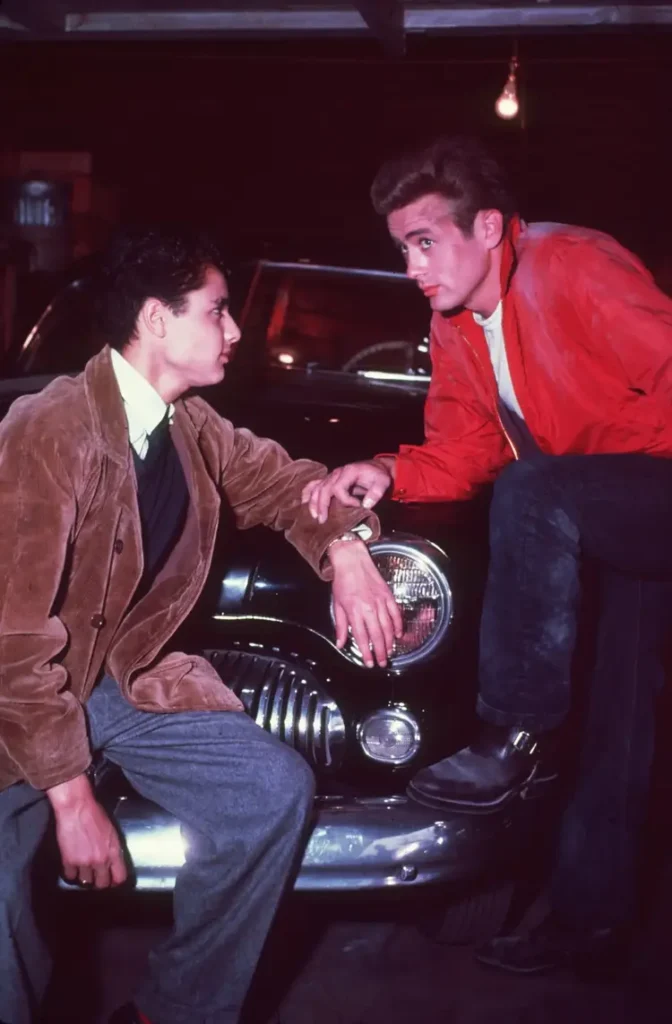
Image Credit: Hulton Archive/Archive Photos/Getty Images
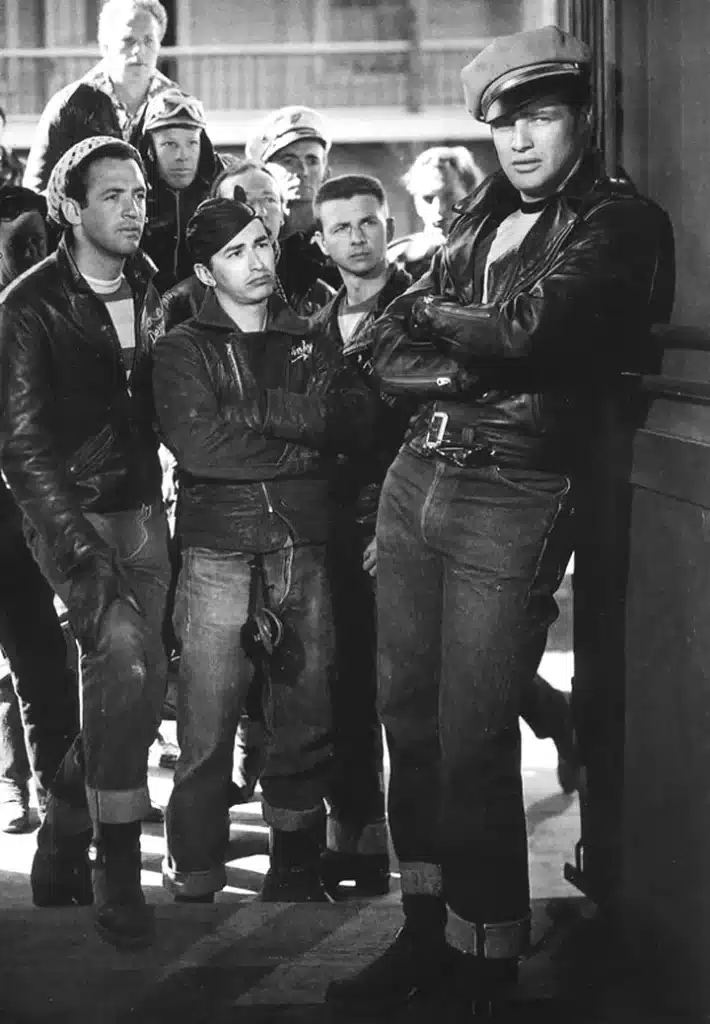
Its presence in film and media wasn’t just fabric; it was a statement, a declaration of independence and defiance.
The cultural revolution of the 1960s and ’70s further enshrined denim in the halls of fashion as it draped over the generation of change.
Denim’s transformation from humble workwear to a beacon of personal expression mirrored the shifting landscapes of society, adopting the colors, cuts, and cries of various movements.
But it was not just the tales of the past that elevated denim to legendary status.
The turn of the millennium witnessed moments now etched in fashion’s memory: the denim-on-denim ensemble worn by Britney Spears and Justin Timberlake at the 2001 American Music Awards, a sartorial choice that sparked conversations and continues to inspire fashion enthusiasts today.
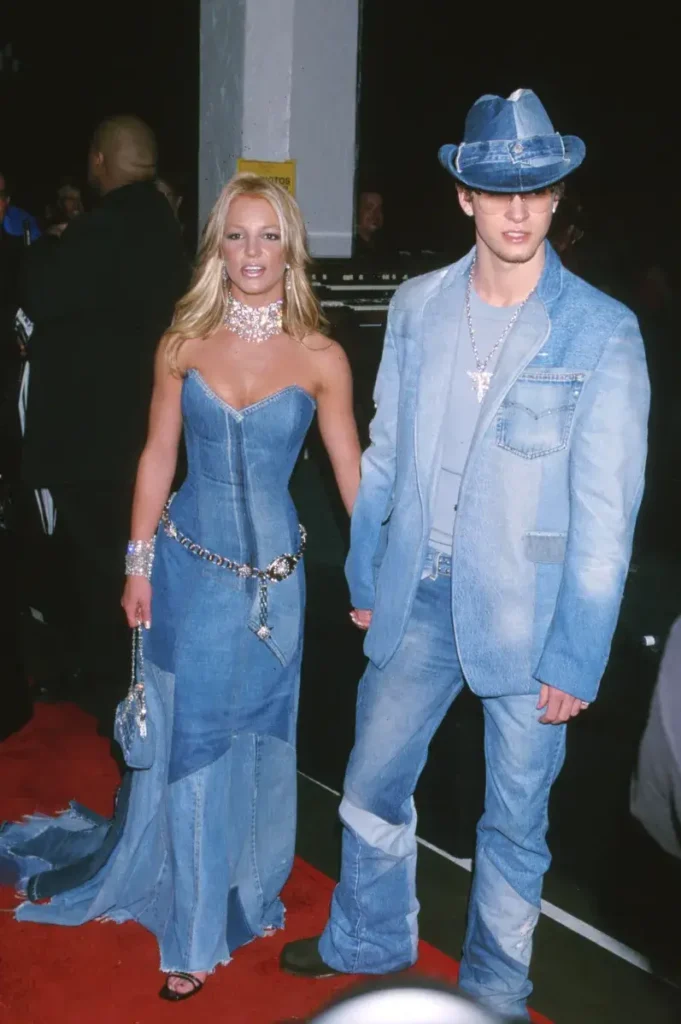
Image Credit: Jeffrey Mayer/WireImage
And of course the Obama dad jean debacle in the Major League All Star game back in 09.
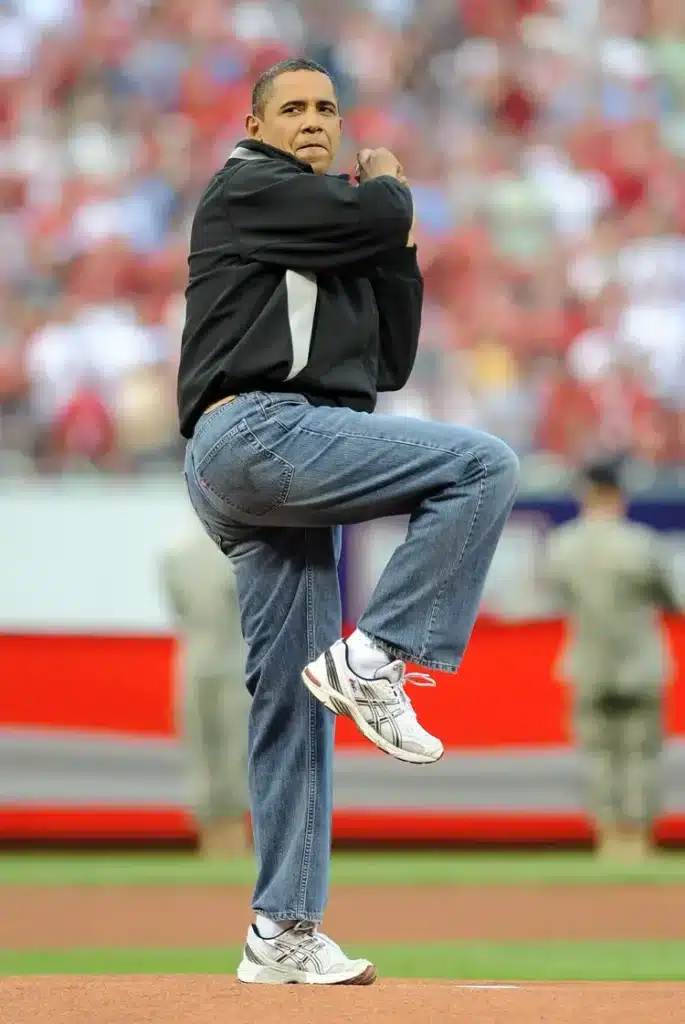
Image Credit: TIM SLOAN/AFP/Getty Images
These moments, these snapshots of denim in the limelight, solidified its legendary status, making it more than a fabric but a cultural artifact.
Denim’s universal appeal lies in its remarkable adaptability across genders, ages, and classes.
Its affordability and accessibility have made it a quintessential element in wardrobes worldwide, allowing it to traverse various socioeconomic landscapes.
The rise of custom denim and DIY trends has further cemented its status, transforming every piece into a unique narrative, a personal statement of style, and identity.
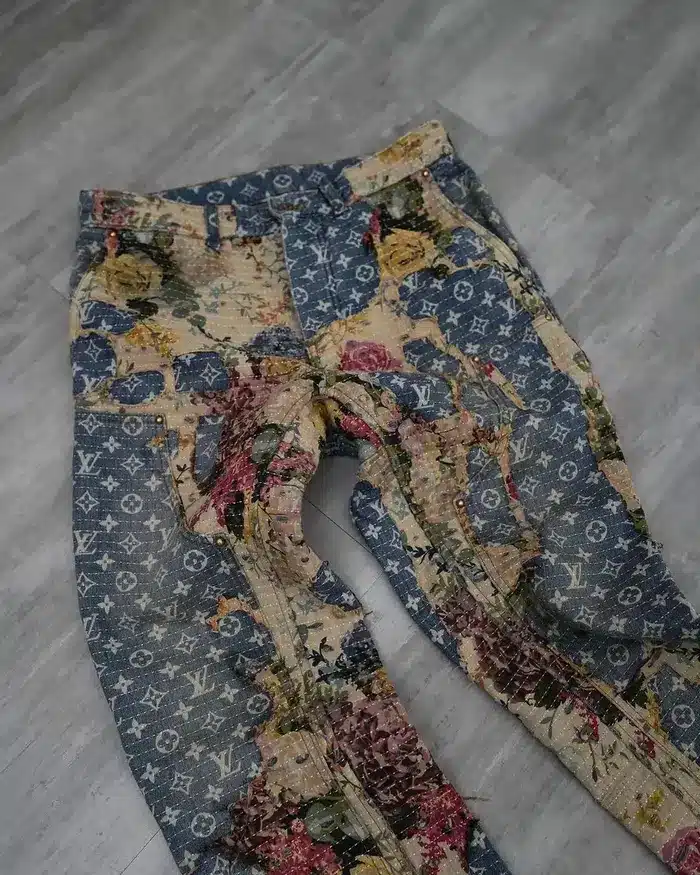
In the streets, where fashion pulses with the beat of everyday life, denim found its stronghold in the burgeoning streetwear culture.
It resonated with the ethos of urban subcultures, from the nonchalant skaters to the rhythm-driven hip hop artists, each bending and shaping denim to fit their mold.
The classic straight-leg design, once a symbol of its utilitarian roots, evolved into an array of styles, reflecting the dynamism of streetwear.
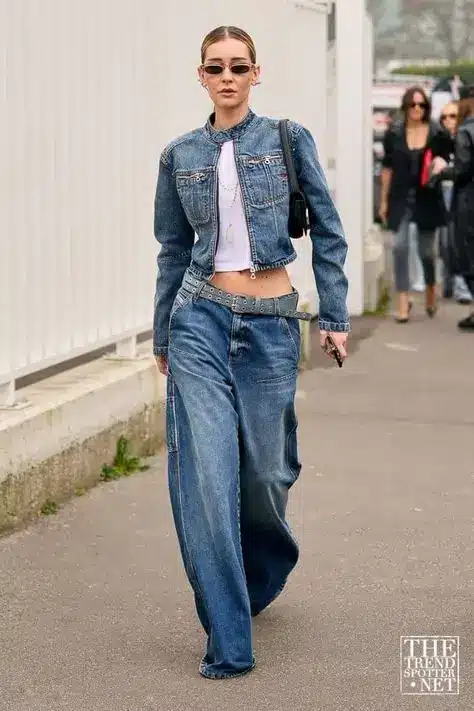
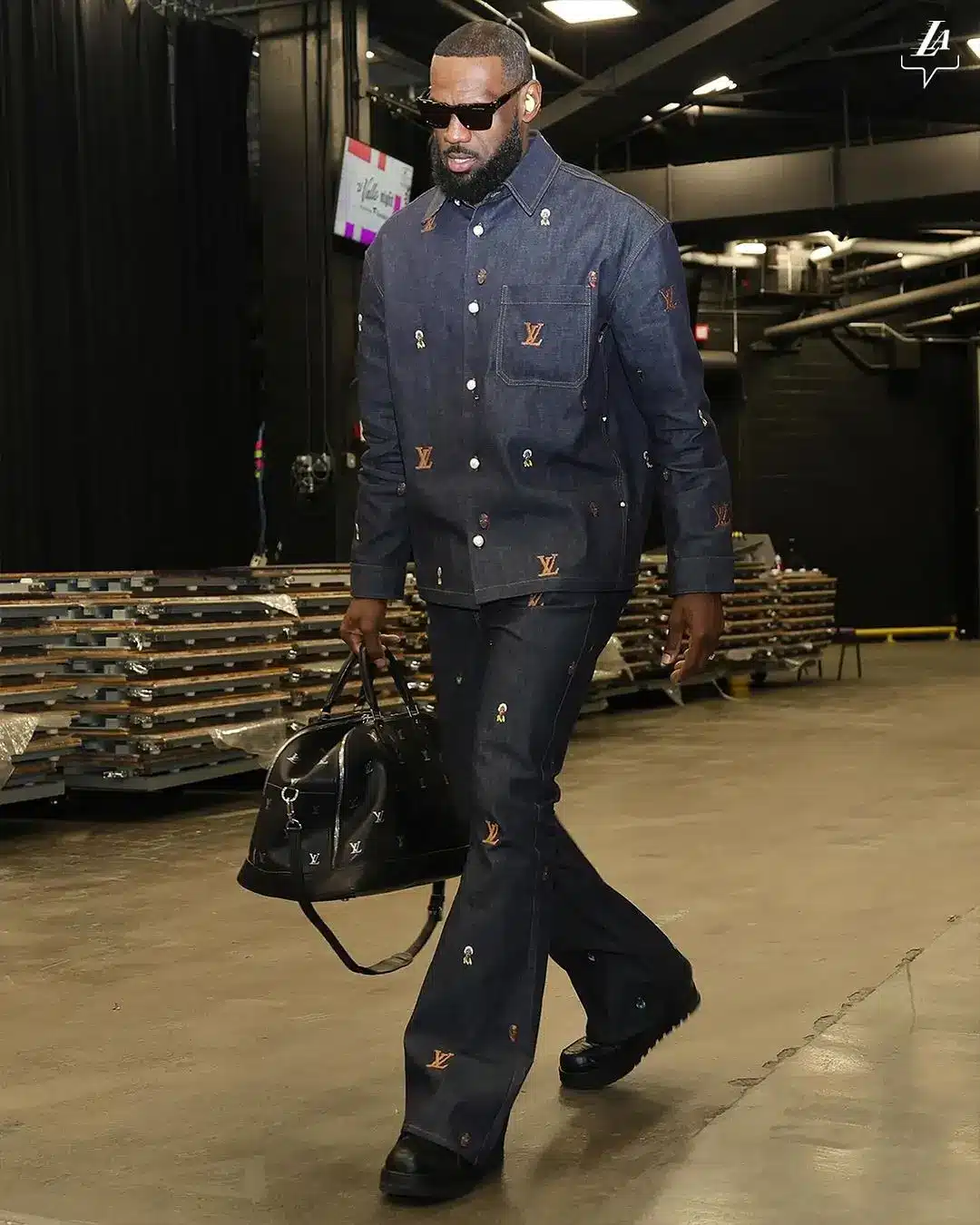
Image Credit: The Trend Spotter
Denim became not just a part of the outfit but an integral piece of the cultural conversation, a dialogue between tradition and innovation.
As streetwear’s heartbeat quickened with each passing decade, denim matched its rhythm, continually morphing and reinventing itself.
The ’80s heralded the arrival of acid wash and high-waisted denim garments that became synonymous with the era’s vibrant music and audacious fashion scenes.
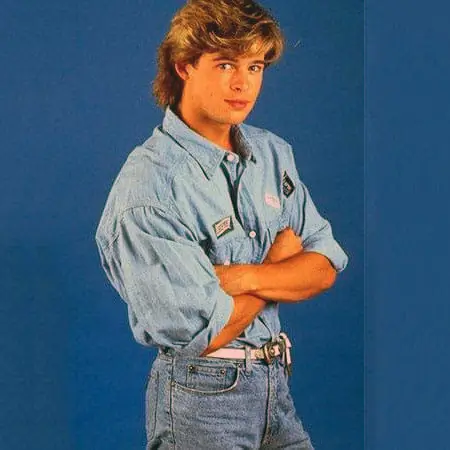
Soon, the rugged texture of distressed jeans and the relaxed silhouette of baggy fits seeped into the fabric of ’90s culture, echoing the defiant beats of hip hop.
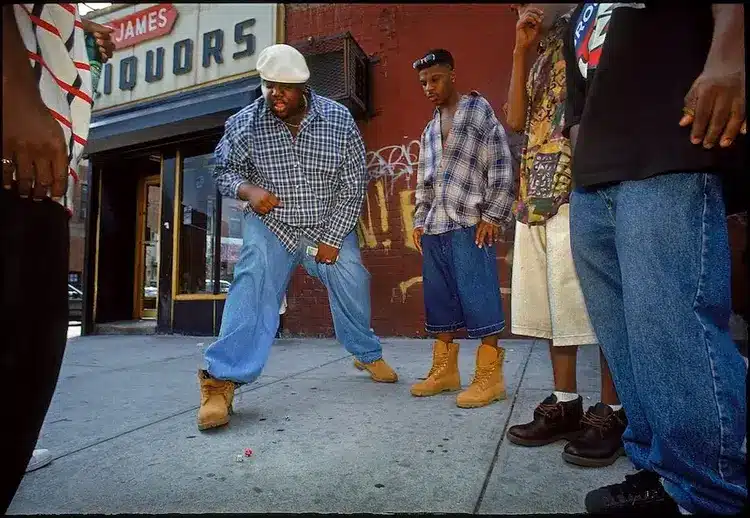
The advent of the 21st century marked the skinny jean revolution, a trend that wrapped the world in a sleek, form-fitting embrace.

Image Credit: Stephen Butler/Rex Features
Yet, as swiftly as fashion tides turn, the denim landscape once again expanded, embracing the return of flared jeans and venturing into experimental realms with asymmetrical cuts and intricate patchwork, a testament to the alternative spirit that denim has always embodied.
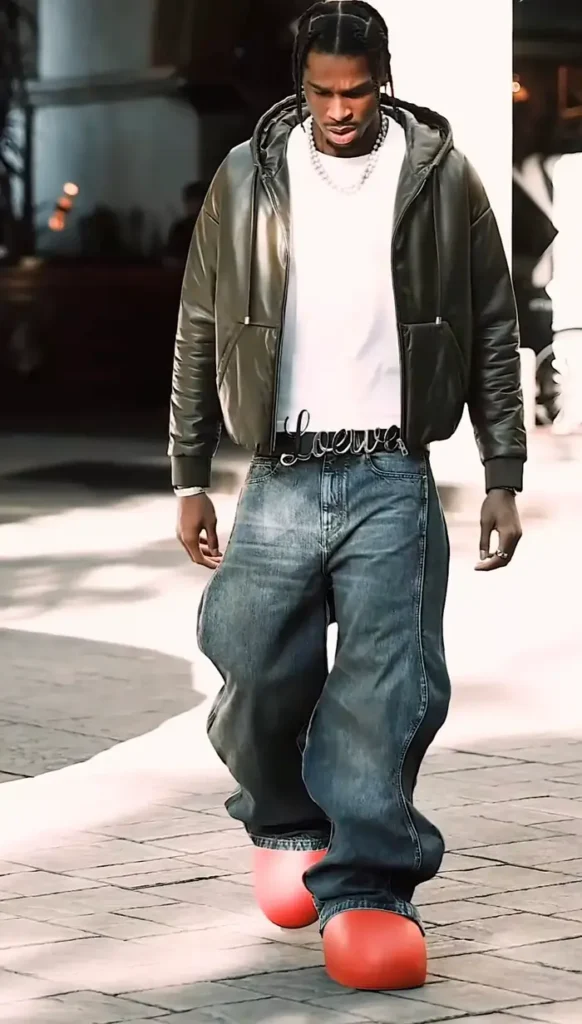
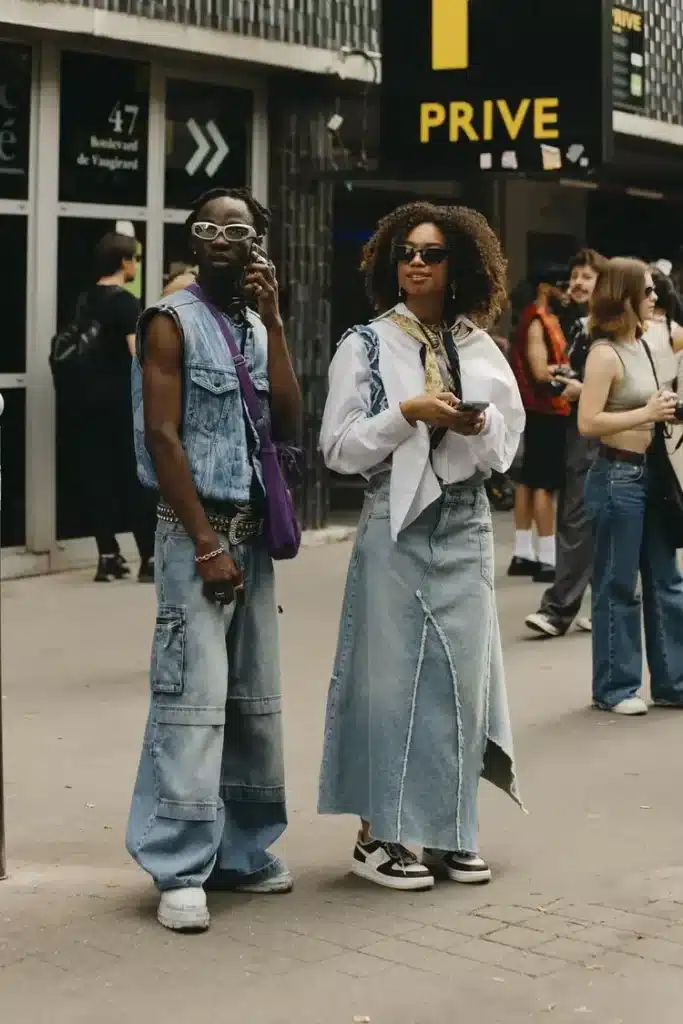
Image Credit: SARAH TREACHER
In this era of rapid change and innovation, technological advancements have left an indelible mark on denim production.
Key brands and visionary designers have steered denim’s journey, each leaving their unique imprint.
Levi’s continues to champion the classic charm of the 501 jeans, while Diesel and Wrangler emphasize the fabric’s rugged, casual essence.
Calvin Klein in the ’90s redefined denim with a minimalist, sophisticated approach, setting the stage for luxury designers like Giorgio Armani and Tom Ford to weave denim into their illustrious narratives.
The intersection of streetwear and high fashion has given rise to groundbreaking collaborations, blending the grassroots authenticity of denim with the luxurious allure of high fashion.
Examples such as Supreme and Louis Vuitton’s collaboration as well as their individual collections along with countless others have infused denim with an air of luxury, while Gucci’s embrace of the fabric under Alessandro Michele’s vision showcases its enduring versatility.



